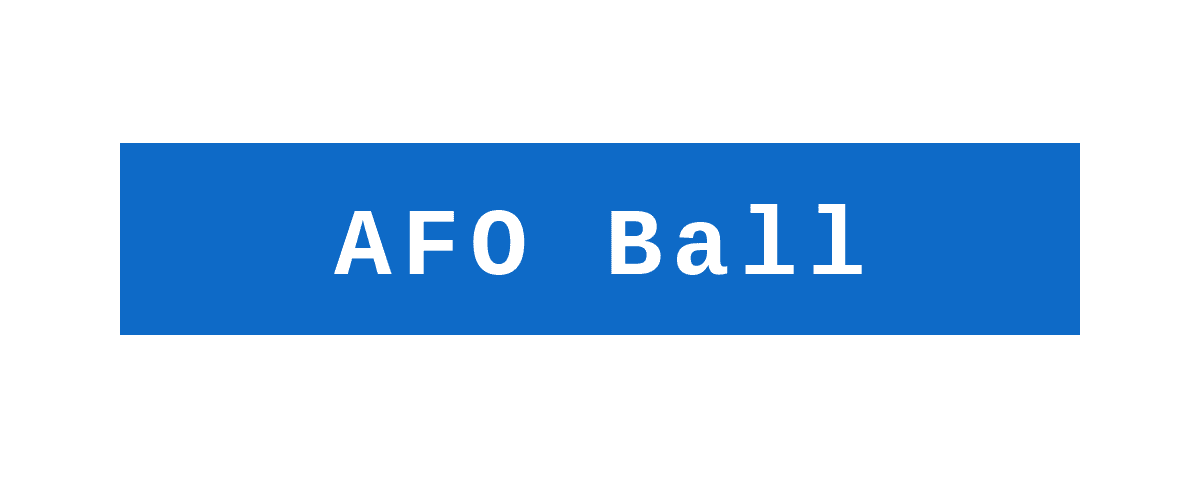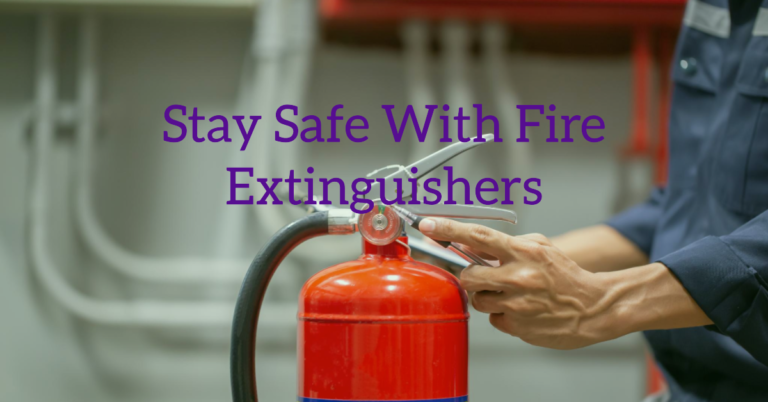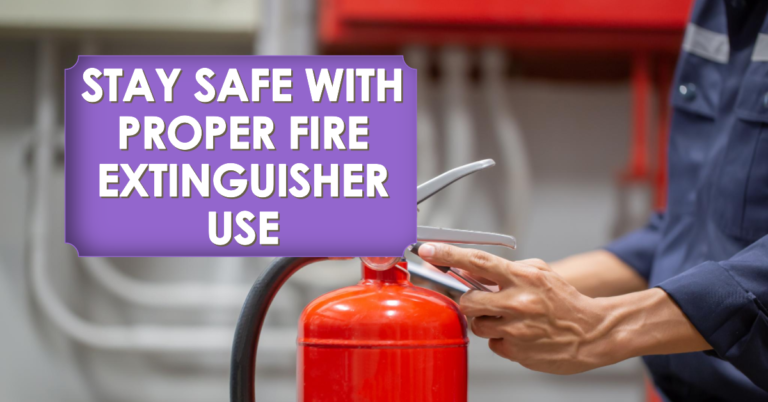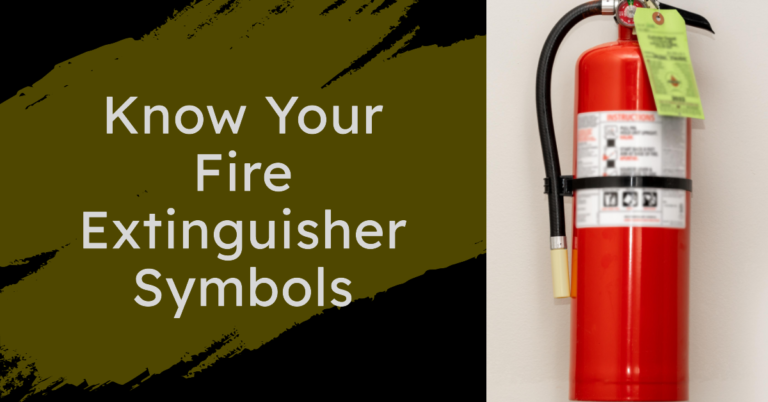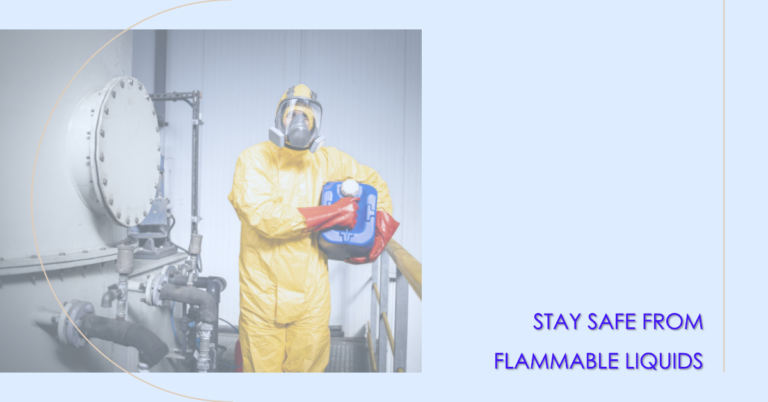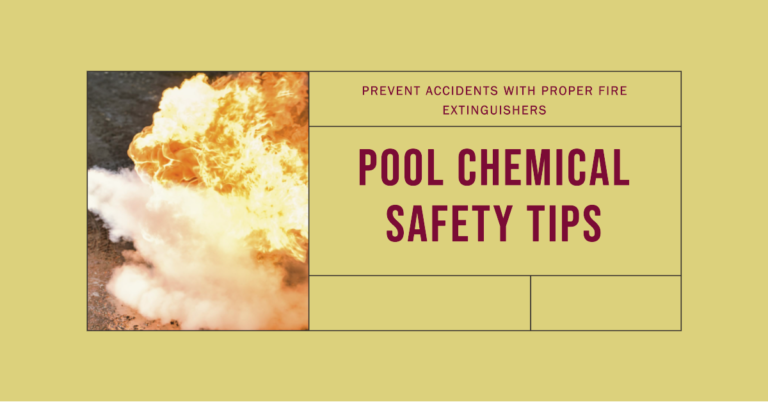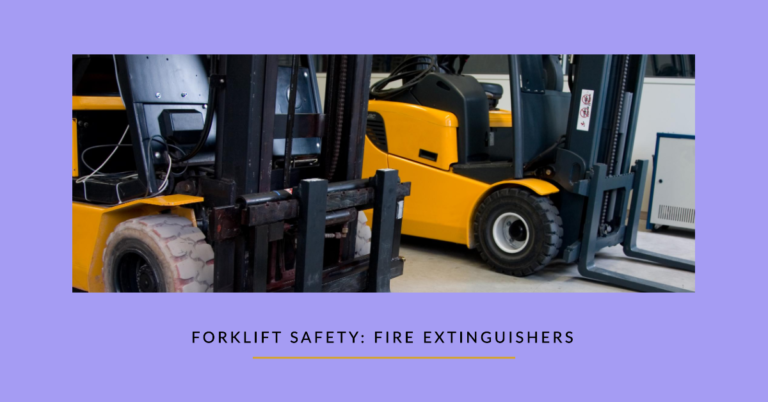Last Updated on September 21, 2023 by Allen
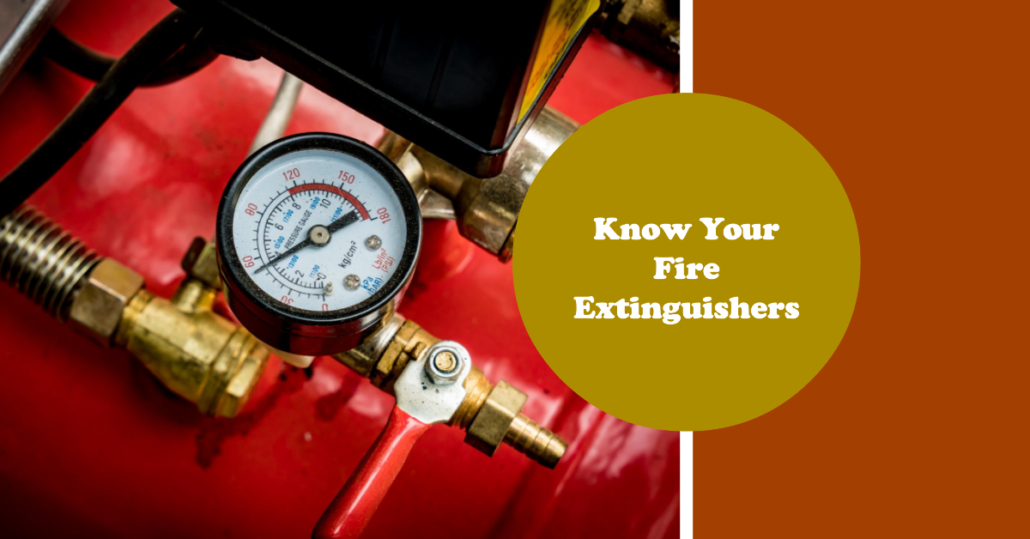
Fire extinguishers are an indispensable part of fire safety equipment in various settings—homes, offices, and industrial environments. They serve as the first line of defense in fire emergencies, playing a vital role in fire prevention and safety. In this discussion, we’ll focus on two specific types of fire extinguishers that are often encountered: 2A 10BC and 1A10BC.
Understanding Fire Extinguisher Ratings
To choose the right fire extinguisher, you must first understand fire extinguisher ratings. These ratings, usually printed on the fire extinguisher’s label, provide essential information about its capabilities. Specifically, the numbers and letters in a rating like “2A” or “10BC” have distinct meanings:
- Numbers: These represent the water equivalency in fire extinguishers. For example, “1A” is equivalent to 1.25 gallons of water, while “2A” is equivalent to 2.5 gallons of water.
- Letters: These specify the types of fires the extinguisher can tackle. “A” denotes Class A fires, involving ordinary combustibles like wood and paper. “B” stands for Class B fires, involving flammable liquids, and “C” is for Class C fires, which are electrical fires.
For more in-depth information, consider reading the NFPA’s Guidelines on Fire Extinguishers.
2A 10BC Fire Extinguisher
The 2A 10BC fire extinguisher is a versatile piece of firefighting equipment commonly found in commercial and industrial settings. Here’s what the rating means:
- 2A: Signifies a water equivalency of 2.5 gallons, making it effective for larger Class A fires involving combustible materials like wood and paper.
- 10BC: Indicates that the extinguisher is suitable for Class B and Class C fires, which involve flammable liquids and electrical fires, respectively.
Common Uses and Applications
This type of fire extinguisher is often used in environments where various fire hazards are present:
- Commercial kitchens: Where cooking oils and electrical appliances are commonplace.
- Workshops: These often contain both flammable liquids and electrical equipment.
Benefits and Limitations
| Benefits | Limitations |
|---|---|
| Higher water equivalency | Heavier and less portable |
| Suitable for B and C fires | May be overkill for smaller spaces |
| Rechargeable | Higher cost |
| Broad applicability | Requires specialized training |
1A10BC Fire Extinguisher
The 1A10BC fire extinguisher is a smaller, more compact option, ideal for homes and smaller office spaces. The rating means:
- 1A: Represents a water equivalency of 1.25 gallons, making it suitable for smaller Class A fires.
- 10BC: Like the 2A 10BC, this rating signifies suitability for Class B and Class C fires involving flammable liquids and electrical equipment.
Common Uses and Applications
Given its size and capabilities, this fire extinguisher is often found in:
- Homes: Particularly in kitchens where small electrical fires or fires involving cooking oils can occur.
- Small offices: Where the fire risk assessment may reveal fewer fire hazards.
Benefits and Limitations
| Benefits | Limitations |
|---|---|
| Lower water equivalency | Less effective for larger fires |
| Suitable for B and C fires | Limited scope of application |
| More portable | May require more frequent refilling |
| Lower cost | Not ideal for specialized settings |
Key Differences Between 2A 10BC and 1A10BC
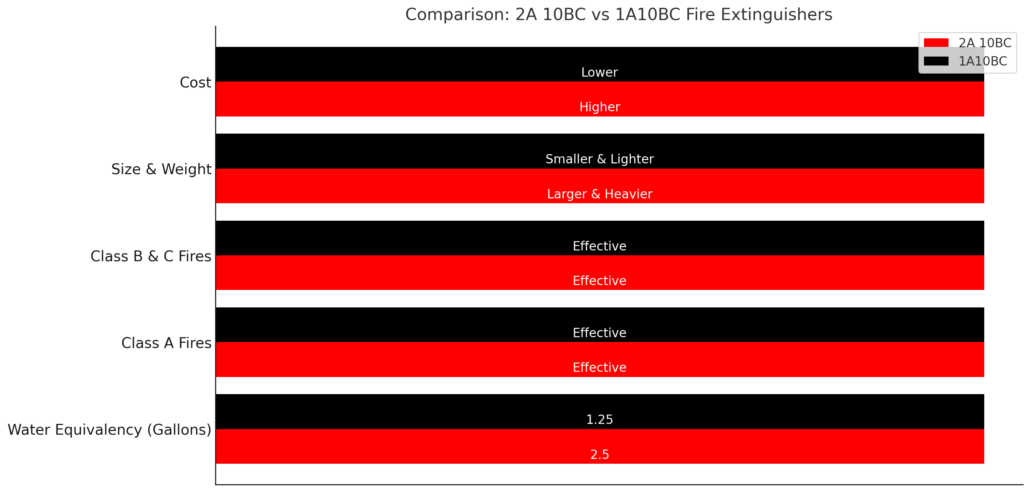
While both fire extinguishers can tackle Class B and C fires, their water equivalency, size, weight, and cost differ:
- Water Equivalency: 2A 10BC has a higher water equivalency (2.5 gallons) compared to 1A10BC (1.25 gallons).
- Size and Portability: 2A 10BC extinguishers are generally larger and heavier, which might require considerations regarding fire extinguisher placement.
- Cost: Typically, 2A 10BC extinguishers are more expensive due to their higher capacity and versatility.
Choosing the Right Fire Extinguisher for Your Needs
Selecting the right fire extinguisher goes beyond merely adhering to fire safety regulations. It involves considering various factors, such as:
- Type of Fire Risks: Understanding the types of combustible materials and flammable liquids in the area is crucial.
- Size of the Area: Larger areas might require an extinguisher with a higher water equivalency.
- Ease of Use: Fire extinguisher training is essential, as is selecting an extinguisher of manageable size and weight.
For more practical advice, consult the Fire Extinguisher Safety Tips from the Lafayette government.
Maintenance and Care
Owning a fire extinguisher is just the first step; maintaining it is equally critical. Fire extinguisher maintenance involves regular checks to ensure it’s in optimal condition:
- Pressure Gauge: It should always be in the green zone, indicating full charge.
- Inspection: Regular fire extinguisher inspection is essential to check for any signs of wear or damage.
- Recharging: If you own rechargeable fire extinguishers, familiarize yourself with the recharging process and guidelines.
Remember, maintaining your fire extinguisher is not just about meeting fire safety standards; it’s about ensuring the safety of lives and property.
